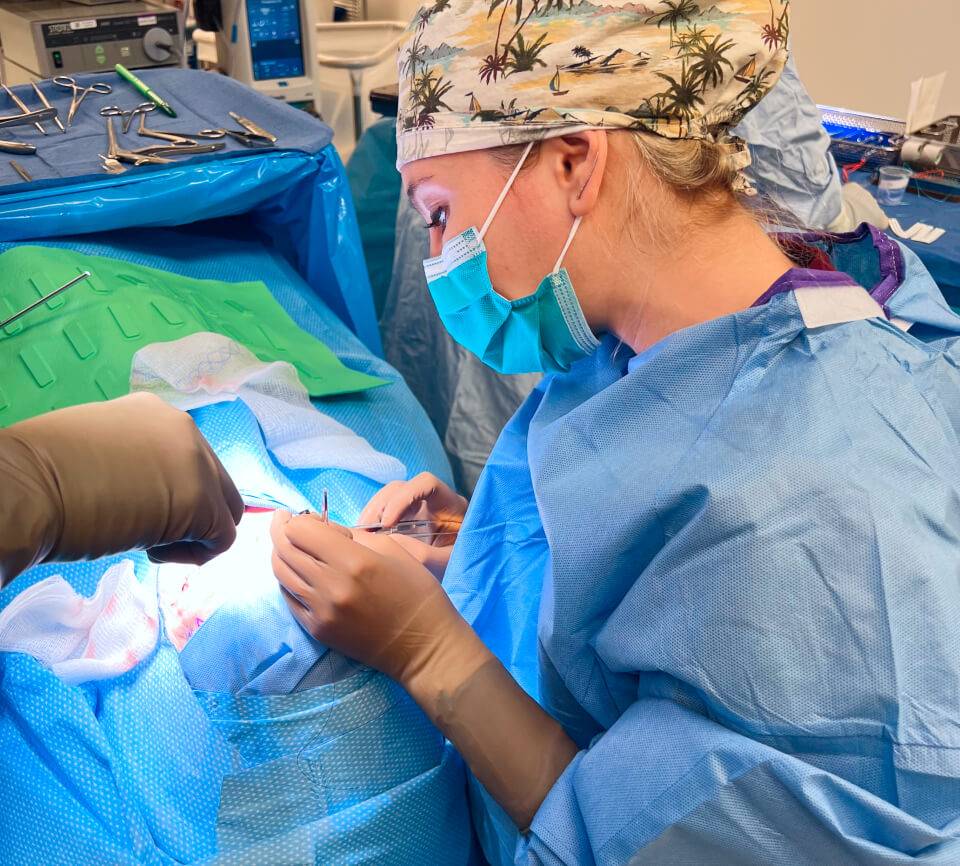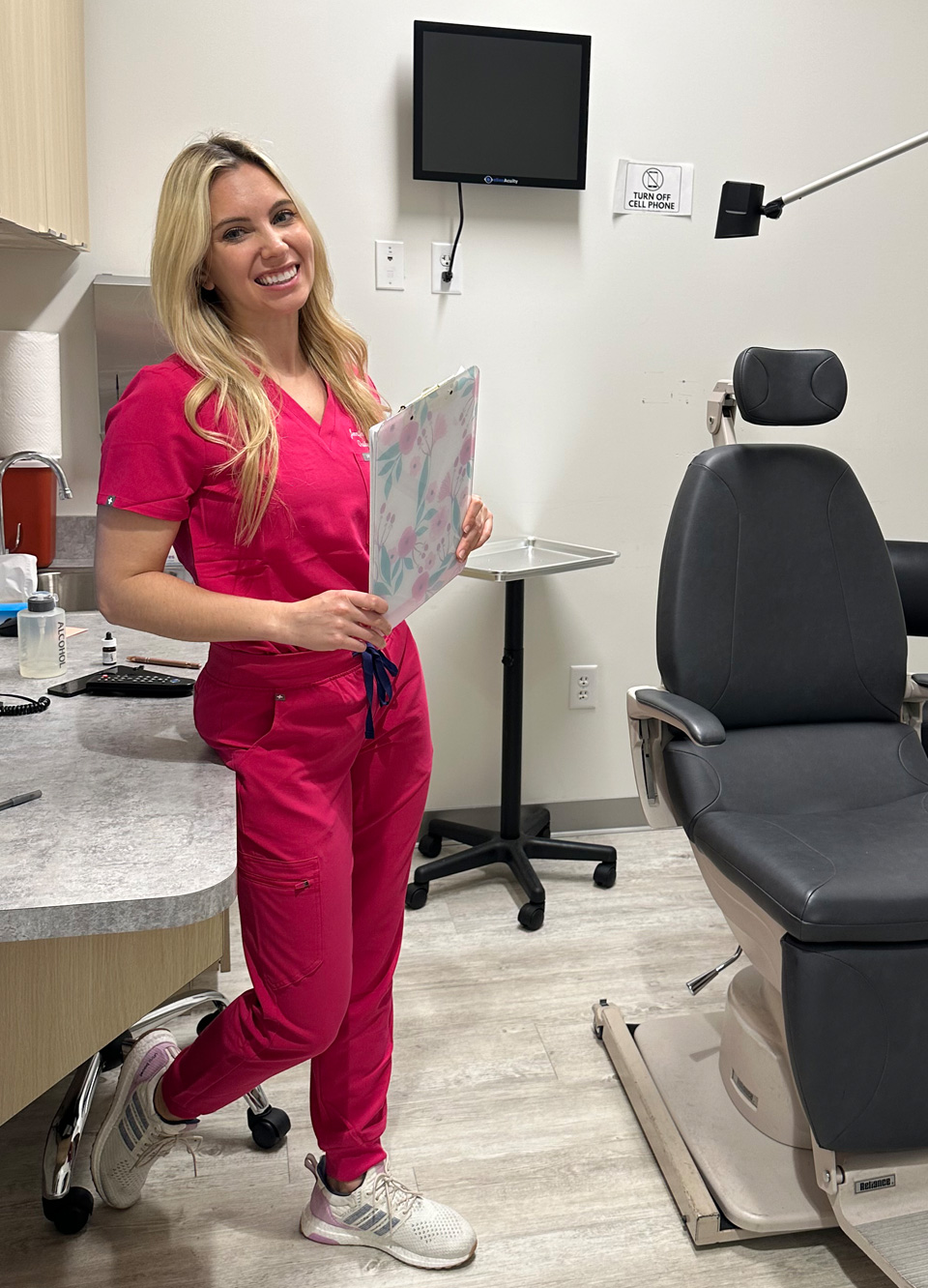Orbital Decompression Surgery



An orbital decompression is a surgery for bulgy eyes with the goal of moving the eyes back into a normal position within the skull. This helps to relieve pressure on the optic nerve, gives the muscles that move the eyes in different direction more space, and improve eyelid closure. Additionally, there is a cosmetic benefit because an orbital decompression can make give bulgy eyes a more natural look. Removing tissue around and behind the eyes help to achieve this goal. This can be done in multiple different ways:
Orbital fat decompression- Our eyes are cushioned within the orbit by fat. This fat can be affected by different inflammatory disorders that makes the fat become larger (hypertrophy) and expand. By removing the excess fat, specifically the intraconal fat, that sits behind the eye, the eye can shift backwards into a more natural position. Alone or combined with a bony decompression, the eye can move up to 6mm backwards in the skull, in a more natural position. Dr. Murdock often utilizes this orbital fat decompression technique to achieve symmetric and optimal results after medical management of proptosis, such as with teprotumumab.

2-wall orbital decompression and balanced orbital decompression- In moderate to severe cases, a more robust reduction in proptosis is necessary to obtain the best results. This can be achieved by removing bone from 2 walls. If bone is removed from the medial wall and the orbital floor posteriorly in the back of the orbit, this can significantly decompress the orbital apex, which, in turn, can relieve pressure off of the optic nerve and restore vision. If the bone is removed from both the medial and lateral walls of the orbit, this results in a balanced orbital decompression, shifting the eye backwards in more of a straight and controlled manner and limiting the post operative side effects of double vision or globe displacement.
3-wall orbital decompression- During this type of procedure, Dr. Murdock will remove both bone and fat from the orbit. The bone will be removed from 3 different areas: the lateral wall, the orbital floor, and the medial wall of the orbit. Intraconal fat excision also takes place. On the lateral wall, sometimes a burr is used to thin this very thick bone in the orbit. Alternatively, a bone window may be necessary to achieve the maximum bone removal in this area for a significant orbital decompression. This technique can treat between 3 and 6mm of proptosis, depending on how much bone is removed. This also includes removal of bone from the medial wall and floor as well as fat removal, as previously described.
Maximum orbital decompression- In very severe and refractory cases, the orbital roof may be the final option for bone removal in addition to the previously described 3-wall and fat decompression. Dr. Murdock will work with a neurosurgeon to achieve this manipulation of the skull base.
Dr. Murdock and her team will prepare you for all aspects of your surgical procedure and ensure a smooth healing phase after surgery. However, it is important to know of some specifics relating to orbital decompression surgery. First, Dr. Murdock does not remove your eye during the procedure. This is actually one of the most asked questions during the initial surgical consultation. As a specialized orbital surgeon, Dr. Murdock uses precise techniques to work around and behind the eye, while keep the eye intact and unharmed.
Next, it is important to understand that there are certain side effects that are more common with orbital decompression procedures than other surgical interventions. These include:
The long term effects of orbital decompression are usually very positive. Most patients experience improvement of their symptoms and overall quality of lift. However, it’s crucial for individuals to have realistic expectations and understand that every surgery has its risks of complications.
12750 NW 17th St, #226
Miami, FL 33182
601 N Federal Hwy, Suite 411
Hallandale Beach, FL 33009
Call: 305-315-5577
